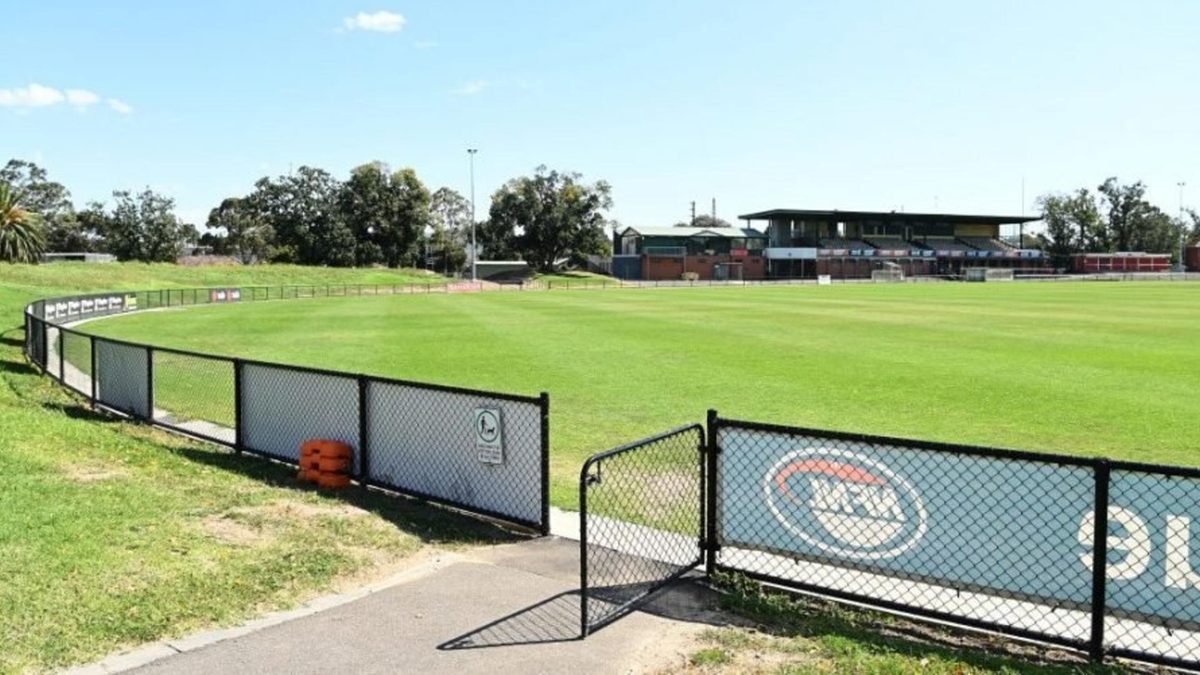
The use of saliva or sweat to shine the ball will be restricted in Australia according to a new set of guidelines laid down as cricket looks to make a systematic, careful return amid the ongoing Covid-19 pandemic.
A framework by the Australia Institute of Sport, published this month, classifies the current restrictions as ‘Level A’, which allows only individual training. In a week’s time, the restrictions are set to move to ‘Level B’, which would allow players to commence combined sessions, but with limitations, avoiding person-to-person contact. Later in the year, restrictions could move to ‘Level C’, which includes unregulated training and playing.
According to a report in ESPNcricinfo, across all levels, the use of saliva or sweat to shine the ball will remain prohibited.
Globally, governing bodies could take a leaf out of this book and forbid the use of these conventional methods to shine, paving the way for supervised ball-tampering to be possibly implemented for the first time at the international level.
Given that Australia, as well as New Zealand, have been less affected by the pandemic than many other countries, sports could resume there relatively earlier, although the exact timeline will be decided “in close consultation with Federal, State/Territory, and Local Public Health Authorities”.
A detailed report by AIS on ‘rebooting sport in a Covid-19 environment’ states that “The resumption of sport and recreation activities will be a complex process. A careful stepwise process needs to be implemented to ensure the safety of athletes and other personnel and the wider community.”
[The complete report can be found here. ]
“Preparation for resumption includes education of the athletes and other personnel, assessment of the sport environment and agreement on training scheduling to accommodate social distancing,” the AIS says in its report.
“The approach to training should focus on ‘get in, train, get out’, minimising unnecessary contact in change rooms, bathrooms and communal areas. Prior to resumption, sporting organisations should have agreed to protocols in place for management of illness in athletes and other personnel.”








